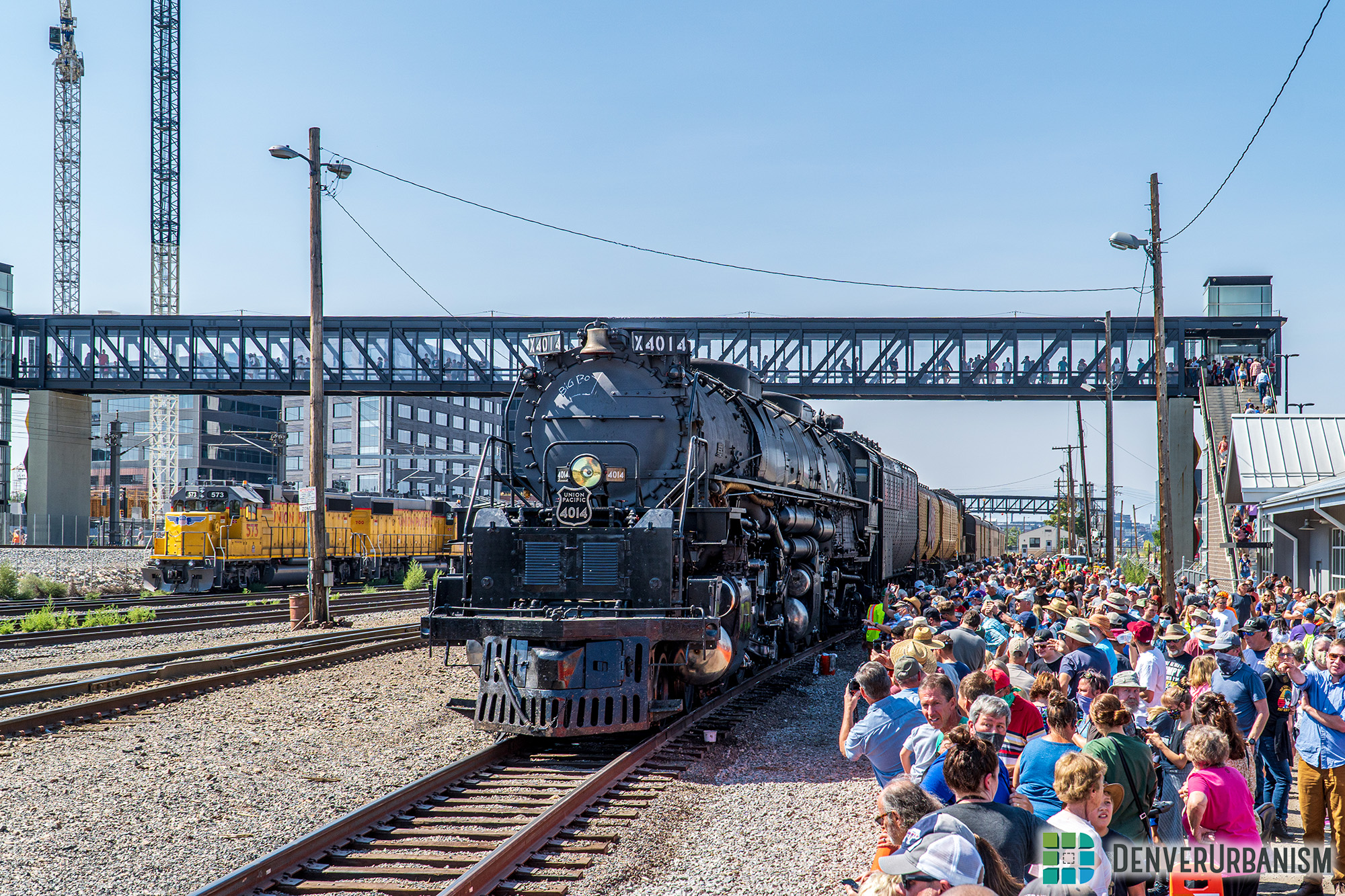Time is equal to money; this is a truism. It’s also a fiscal reality: time spent traveling is time not spent doing. You don’t get paid while you drive to work, only while you’re at work. This can amount to several hours every day in an unpaid purgatory, neither working nor relaxing. It’s why the City spends millions of dollars every year trying to move cars as quickly as possible from people’s residences to their workplaces.
This has resulted in a network of streets designed to move car traffic quickly over large distances, but what we’ve found as our city has grown is that building our transportation network to move cars at high speed is not the same thing as efficiently moving people, nor is it the same thing as making our local economy strong and resilient. It does not result in happy citizens moving quickly from A to B. It does not result in welcoming streets that build wealth and create strong neighborhoods. Instead, we’ve seen it degrade and destroy small businesses along reconfigured thoroughfares, make people’s homes almost uninhabitable, and lower tax revenues along these (allegedly) high-speed roadways. How did this happen?
On a basic level it comes down to our land use. We’ve built the majority of our housing separated from everything else that we need to in order to live life. If you need to make dinner, can you walk to the grocery store? How about a restaurant? Nope, gotta drive. What about transit? Not practical, takes too long. This is only partially a failing of the transit itself. When our city is built to prioritize the isolation of housing from other uses, then trying to efficiently run a bus from where people live to where they need to go is naturally difficult and expensive.
We do have a choice though. We can continue to try and square the circle by insisting that single-family home neighborhoods always remain so, ensuring that their residents are always forced to drive ten or fifteen minutes just to buy a gallon of milk or eat at a nice restaurant. Or we could start retrofitting our neighborhoods to allow more housing and mixed uses and stop freaking out when development happens in the many areas already zoned for more compact development. There are undoubtedly some people who would prefer to keep things as they are, with the nightmarish traffic and the acres of parking lots in front of big box stores sitting along our stroads like Colorado or Hampden, but there is a growing contingent of folks who recognize that this model isn’t sustainable and doesn’t make for a great city.
I think the answer is right up there in the name of this blog: urbanism—the idea that we need the City to make it easy to live, not easy to drive. It’s in the name of the recently formed YIMBY Denver—the idea that we’re not going to survive by fighting development but by acknowledging that Denver needs to allow densification and diversification in order to make our neighborhoods thrive. We need to allow new uses in our neighborhoods in order to make our streets work better, and we need to welcome new neighbors in order to make Denver that much greater.











The automobile is a scourge on cities and has been throughout history. People have been getting mowed down in the streets since the 1910’s and 1920’s.
It all comes back to zoning, really. Think about it: you can build up in the core, but a lot of people just don’t want to live downtown and families for the most part don’t. They want a more human scaled living arrangement. Three to five stories in height: Paris or even Chicago on the Northside. We just can’t do that here. All the inner (and outer) ring streetcar suburbs are, with few exceptions, vast tracks of single family homes with stupid minimum lot sizes of 5000+ in many cases.